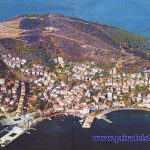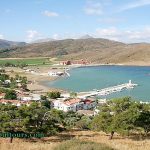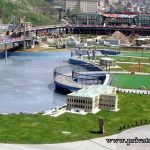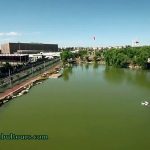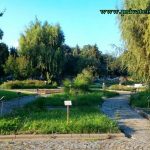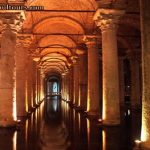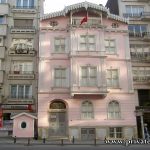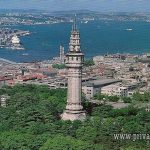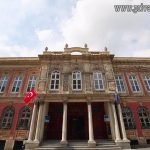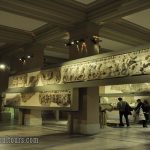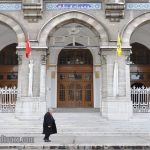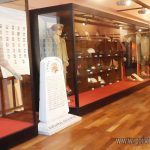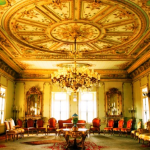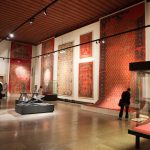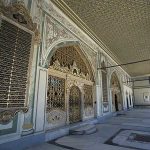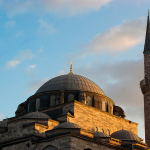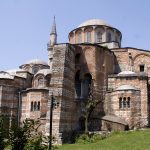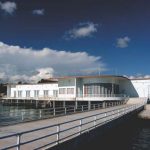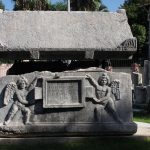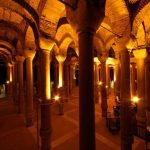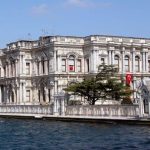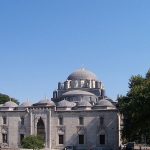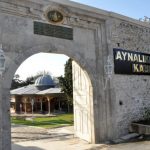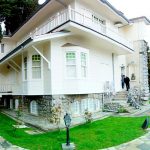The Archaeological Museum,
The Archaeological Museums of Istanbul are of particular interest because they are the first to have had a special building constructed for them. The collection of antiquities first began in Turkey in 1846 during the time of Damat Fethi Pasha, when the works were stored in the church of Saint Irene which at that time was being used to store weapons. This small collection was greatly enlarged when Maarif Naziri Saffet Pasha issued an order for “antique works to be collected and brought to Istanbul” in 1869. The works that were thus collected between 1869 and 1871 were put in the Tiled Pavillion which was built by Sultan Mehmed the Conqueror, and thus Turkey’s first museum was opened to the public in 1874. Apart from this, Turkey’s museums are indebted to Osman Hamdi Bey. Hamdi Bey was a respected painter, who after his appointment as museum director in 1881 made a law by which he prevented antiquities being taken out of the country. During excavations which ‘he directed in 1887 in Sayda kings’ graveyard, a sarcophagus attributed to Alexander the Great, and the sarcophagi of the Weeping Women and Likya and Satrap were found and brought to Istanbul. The Sayda sarcophagi which number among the most important archaeological finds in the world were exhibited in a new museum building constructed opposite the Tiled Pavillion which had been outgrown. The new museum building was opened to the public in 1891, and exhibit the total collection of works from the old museum building, Including those from various regions of the Ottoman Empire belonging to various civilizations. In 1917 when the fine arts school next to the museum moved to a building in Caglaloglu, the Museum took over the building and turned into the Museum of Ancient Oriental works.
You will continue to find more details about the Archaeological Museum of Istanbul in Chapter 2.





















































































































